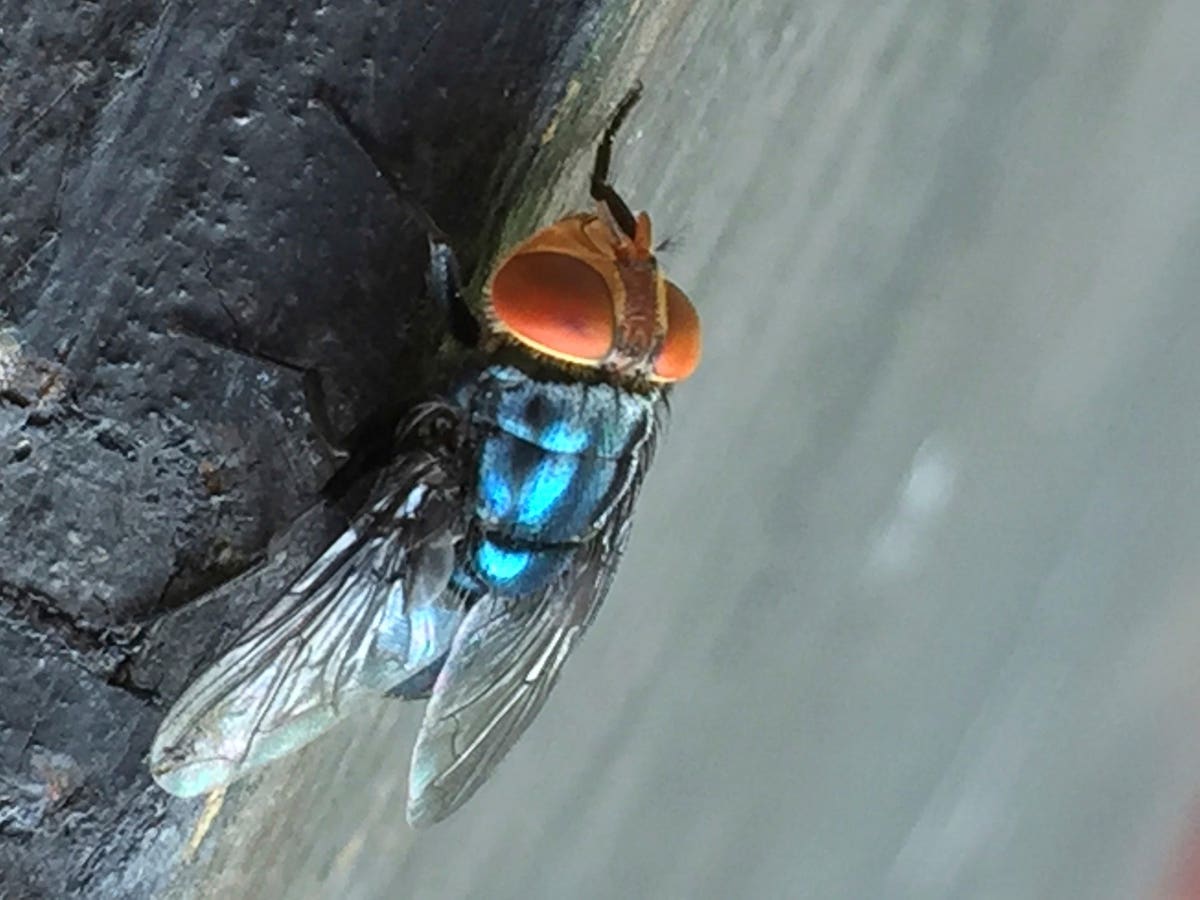A human case of New World screwworm in the U.S. was confirmed by HHS and CDC officials. (Denise Bonilla/U.S. Department of Agriculture via AP)
U.S. Department of Agriculture
A human case of New World screwworm myiasis in the U.S. has been confirmed by officials from the Department of Health and Human Services and the Centers for Disease Control and Prevention. The NWS infestation was identified in a Maryland resident who had recently returned from El Salvador. This person has since recovered, and surveillance programs have not detected any screwworm flies in the surrounding areas. Thus, the immediate threat of an outbreak appears to be minimal.
What Is New World Screwworm?
Screwworms, or screwworm flies, are part of the blow fly family. The New World screwworm, known scientifically as Cochliomyia hominivorax, currently exists throughout tropical and sub-tropical regions of South America and the Caribbean. A related species, the Old World screwworm, or Chrysomya bezziana, can be found in tropical and subtropical regions of Africa, Asia and India.
The flies themselves are not dangerous. They don’t sting. They don’t bite. They don’t typically serve as vectors for infectious agents.
The Screwworm Larvae Are The Problem
Like all other flies, screwworms undergo a four-stage life cycle. Eggs hatch, producing larvae. The larvae feed and grow before forming pupae. A physical transformation, or metamorphosis, occurs within the pupae, eventually leading to the release of adult flies. The adults then mate and continue the cycle.
Most fly species lay their eggs on dead or decaying organic matter, which the larvae then eat. We’re all familiar with this process. The maggots you may see on a decaying pumpkin after Halloween or a dead animal on the side of the road? Fly larvae.
But screwworm flies are different. They lay their eggs on living animals, typically mammals. Eggs usually are deposited in an open wound. They also may be deposited by the flies on mucous membranes like the inside of the nose or mouth. After hatching, the larvae eat the living flesh. The larvae actually appear to screw themselves into the host’s tissue as they are feeding. This behavior led to the name.
What Are NWS Infestation Signs? Is There A Treatment?
In humans, an infestation, or myiasis, can be quite painful, according to the CDC. The initial wound may not heal and may get larger as the larvae feed. Maggots may be visible in and around the wound. Because the larvae feed on living flesh, severe damage to the patient can occur. And, because the wound does not properly heal, dangerous bacterial infections can occur.
Some reports have examined the effectiveness of various chemical formulations to treat NWS myiasis, However, no drugs have been approved for use in animals or humans. For humans, physical removal and destruction of the larvae by a healthcare provider is the recommended course of action. Untreated infestations can be deadly.
History Of NWS In The U.S.
New World screwworms were present throughout the southern U.S. prior to the 1960s. Although human infestations always were rare, the impact of the flies on livestock populations, especially cattle, could be severe. To minimize this agricultural threat, the U.S. embarked on a largely successful eradication effort. The result? Indigenous populations of the flies in the U.S. were eliminated. But the flies remain present in other areas and occasional outbreaks have occurred, often with significant economic costs. Since 2023, NWS populations have been advancing north, through Central America and Mexico.
Should We Be Worried?
At this time, probably not. This travel-associated case appears to be an isolated event. But this isolated case does serve as a stark reminder that we live in an increasingly connected global community. A person can travel from one side of the planet to the other in a matter of hours. And because of climate change, the historical ranges of many species are being altered. Robust surveillance systems are absolutely needed. Funding of basic research projects is crucial. We can’t be reactive. To protect the public health of our citizens, we need to be proactive.









